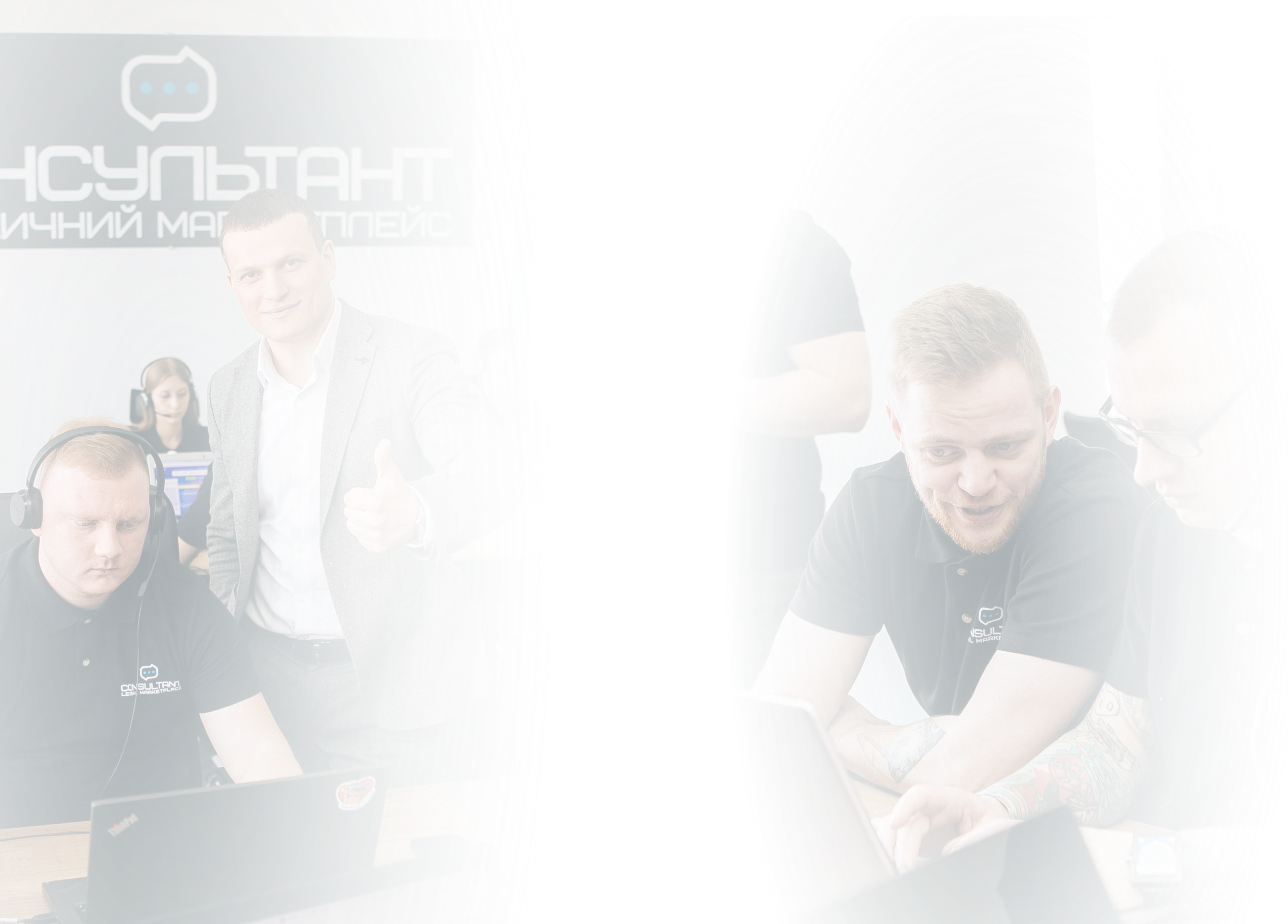Product patent research
Product patent research is one of the key tools for assessing the prospects of innovation, determining the competitive environment and preventing patent conflicts. Such analysis allows a company to minimise the risks of intellectual property disputes, as it provides a clear understanding of whether the product infringes existing patent rights. Professionally conducted research provides companies with a strategic advantage and saves significant resources in the future.
The essence and purpose of product patent research
Patent research includes analysis of patent documentation, assessment of product novelty, and identification of technological development trends in the relevant field. Before listing the key areas, it should be noted that a comprehensive analysis allows you to understand whether a development has the potential for patent registration and whether it infringes on the rights of others.
The main tasks of patent research include:
- analysis of the state of the art in the relevant field;
- determination of the patent purity of the product;
- identification of potential competitors and their patent portfolios;
- assessment of the novelty of the development;
- determination of the patentability of the product.
Conducting such research is a necessary step for any company planning to enter the market with a technological development or innovative product.
Advantages of conducting patent research with a lawyer
Professional support in the field of patent analytics allows you to obtain detailed and reliable results that will form the basis for strategic decisions. Before listing the advantages, it is important to emphasise that a professional lawyer works not only with technical aspects, but also with legal risks.
Advantages of working with a lawyer:
- correct determination of the legal status of competitors' inventions and designs;
- preparation of conclusions suitable for further registration actions;
- reduction of the risk of rejection when filing a patent application;
- the ability to form a long-term patent strategy;
- professional identification of legal threats that are difficult to recognise at the technical level.
Thanks to this approach, the company receives not just ready-made information, but a full-fledged legal tool to protect its innovations.
Stages of patent research
Patent research consists of several mandatory stages, each of which is aimed at obtaining the most accurate results.
Typical stages of research:
- forming a technical description of the product and defining search criteria;
- searching and analysing patent information in international and national databases;
- preparing an analytical conclusion with recommendations and an assessment of patenting opportunities.
The final conclusion allows you to make an informed decision on your patent strategy and further product development.
Additional nuances and legal aspects
Patent research has a number of features that should be considered before starting the process. Proper consideration of these nuances affects the accuracy and legal validity of the results.
Important aspects to consider:
- different countries have different patentability criteria;
- research results may influence the choice of jurisdiction for registration;
- sometimes it is necessary to conduct additional technical analysis or consult with an expert;
- it is worth considering the terms of patents and the possibility of their renewal;
- it is important to check not only patents, but also applications that are currently under review.
Taking these factors into account allows you to avoid legal risks and reduce the company's costs in the future.
ConclusionPatent research on a product is an integral part of a company's innovation activities. It provides confidence in the legal purity of the development, helps to avoid conflicts and identify potential for future patenting. Working with a professional lawyer allows you to obtain a comprehensive conclusion that will serve as a strategic basis for further product development and market entry.


































